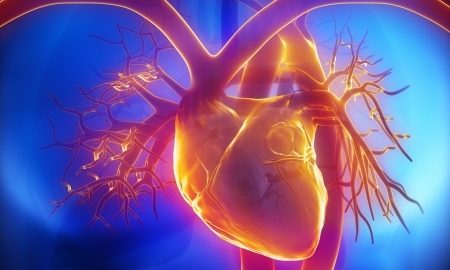Mending Broken Hearts in the Laboratory

Heart disease kills more Americans every year than any other single medical condition. Any disease or damage to this vital organ in the human body can have catastrophic consequences. Now, scientists are gaining ground in mending broken hearts in the laboratory.
Slowly progressive heart failure is more common than sudden cardiac arrest. When a person suffers a heart attack, they can usually recover. A blocked artery results in a temporary lack of blood supply to an area of the heart muscle during a myocardial infarction (heart attack). This results in tissue death and replacement of heart muscle with scar tissue. Scar tissue cannot help the heartbeat, and over time, the heart cannot compensate for the loss of muscle and cannot keep up with the circulatory needs of the body. The person begins to find physical exercise and exertion difficult or impossible. Eventually, activities of daily living become problematic.
The heart of the problem is that adult cardiac muscle is not capable of regenerating or renewing itself. Any damage to cardiac muscle is cumulative. Now, researchers at Shinshu University in Japan have published a paper in the journal Nature outlining a method to induce heart muscle to self-repair. In the experiments conducted in primates, the team successfully transplanted stem cells from other primates and induced damaged heart muscle to repair itself. In other words, they succeeded in mending a broken heart in the laboratory.
The idea of using stem cells to repair damaged tissue is not new. However, it comes with the same caveats that burden any person-to-person transplant: rejection by the recipient’s immune system which perceives the transplanted tissue as foreign.
To get around organ rejection, the researchers at Shinshu matched a key cell surface protein between the donor and recipient. This protein is used by the immune system to target foreign substances, and when matched with the donor, the transplanted tissue is not recognized as a non-native invader by the recipient’s body. With this method, the transplanted tissue was able to survive in the recipient’s body for 12 weeks and improve heart function. Only mild immunosuppression was needed. The grafted cells were found to beat irregularly, raising concern among the researchers and reiterating the need for further investigation.
Because cardiac disease primarily affects older people, it sometimes doesn’t receive the kind of attention it deserves. Cardiac muscle regeneration with stem cells is in its infancy, but this discovery by the Japanese researchers is a solid step in the right direction. Further research is needed to study the efficacy and safety of the technique.
References:
- http://motherboard.vice.com/read/stem-cell-therapy-resurrects-broken-hearts


